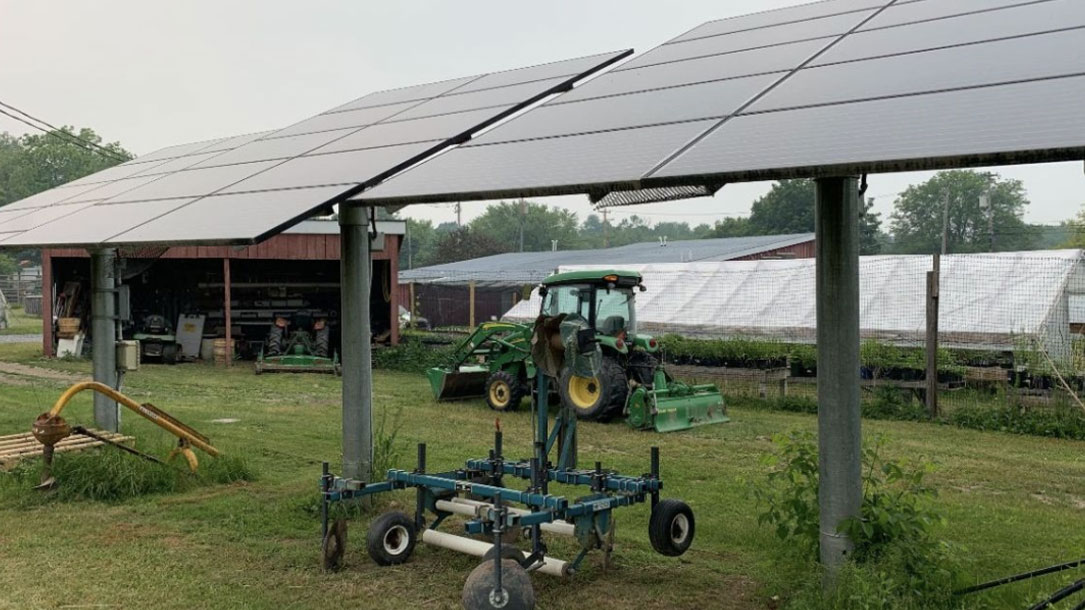
American Farmland Trust applauds introduction of bipartisan bill to advance agrivoltaics
Agrivoltaics refers to the practices of integrating solar energy generation and farming on the same piece of land, which could potentially reduce displacement of agricultural production from farmland as a result of solar development. The concept has been gaining attention in land-constrained countries like Japan and Germany as well as in states like Massachusetts and New Jersey.
“If included in the Farm Bill,” Fink said, “the Agrivoltaics Research and Demonstration Act would secure USDA’s role in advancing this innovation alongside the Department of Energy, AFT, and other partners across the country. Together, we are seeking ways to reduce displacement of farming from productive land as a result of solar energy development.”

Can agriculture and solar co-exist?
As New York faces a future that includes wetter winters, and periods of more frequent droughts during the summer, farming continues to be a challenging livelihood. For many farmers looking to retire, as well as new or younger farmers, the economics of agriculture is increasingly a focal point as they plan their future. According to American Farmland Trust’s Farms Under Threat report, New York lost over a quarter million acres of farmland in sixteen years (2000 – 2016).
The loss of NY’s farmland is concerning. But imagine if farmers had an income stream that helped cover rough years caused by drought, flooding, and erratic weather. That’s part of a shift underway to rethink solar development that works for farmers and farming, rather than taking land out of production.
While I think we can all agree that no one wants to see solar panels on good farmland if it takes that farmland out of production, Farmer First Solar changes that paradigm and prioritizes designs that allow for greater farming options, increased farm viability, and soil health…
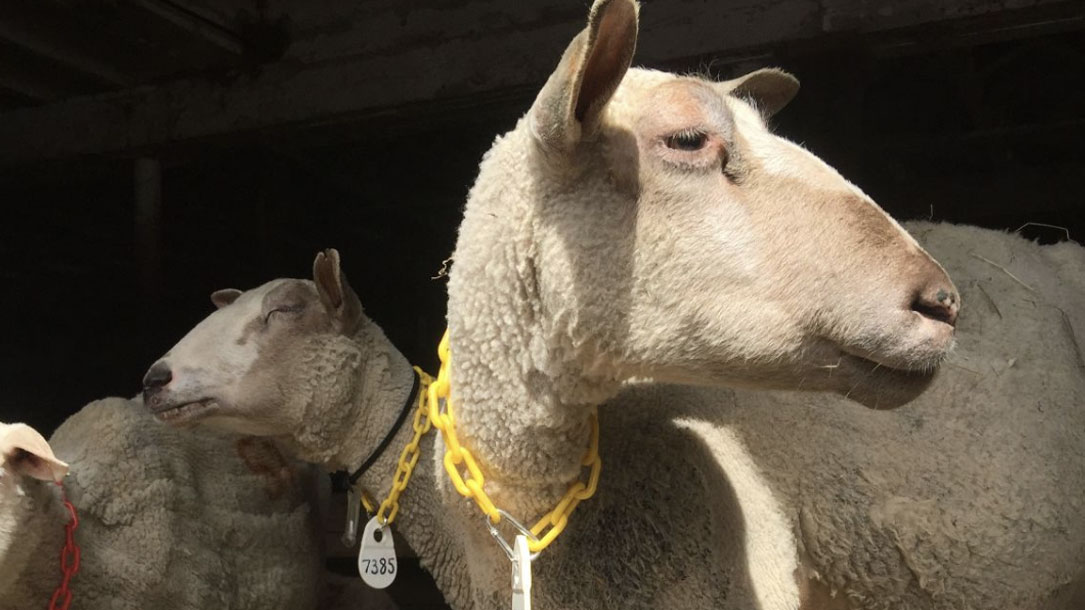
Douglas County sheep farm working to restore soil and build community, agrivoltaics
“Co-locating farming and clean energy production on agricultural land creates rural economic resiliency, provides land access for new and underserved farmers, and builds vital agricultural infrastructure. Unlocking these bottlenecks will create food security that allows small farmers to compete in a global extractive market while focusing on restorative farming practices that heal the land”…

Healthy soil grants
Vermont farmers have an essential role to play in combating climate change. Some farming practices can trap carbon and keep it out of the atmosphere, while supporting wildlife habitat, healthier soils, and cleaner water. The challenge can be sustaining profitability while making significant changes.
Which practices are worth the investment? And how long will they take to pay off?
To answer these questions and more, we are partnering with Bio-Logical Capital and the University of Vermont on a Conservation Innovation Grant funded by the Natural Resources Conservation Service. This five-year research project will provide direct payments to Vermont farmers who agree to implement farming practices that improve soil health…
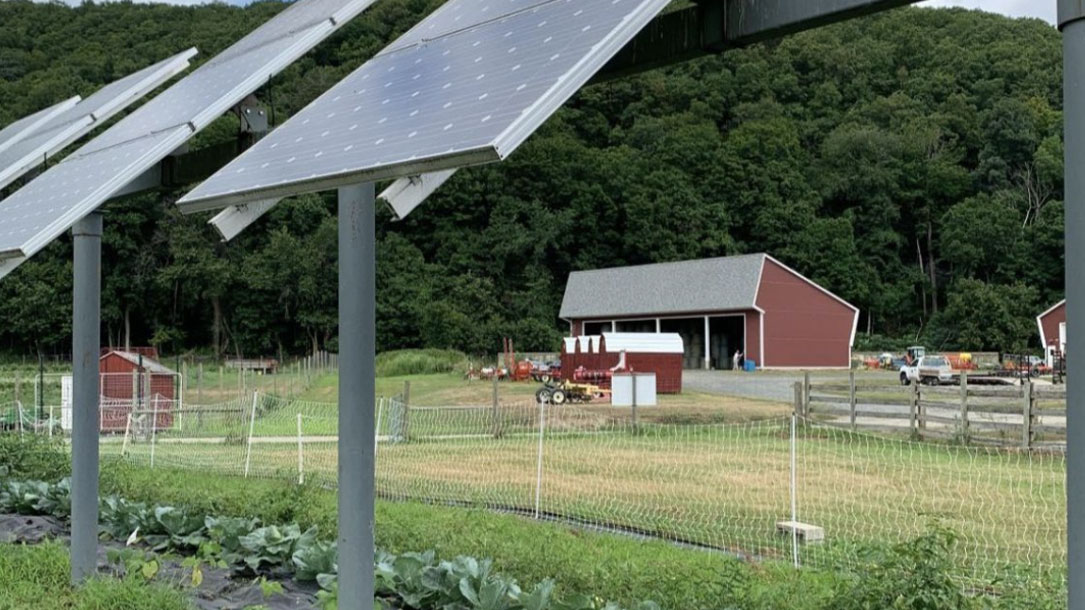
Farmland preservationists, solar developers to build green energy arrays
An estimated 750,000 acres of farmland in the U.S. is lost each year and “solar development if done right could potentially help” save some of that farmland, said John Piotti, president and CEO of American Farmland Trust, a nonprofit organization that works to keep farmland in production.
Earlier this week, Piotti said during a webcast meeting that his group would work with two private firms, Edelen Renewables and Arcadia Solar to develop “agrivoltaic” community solar farms in a number of states including New York…
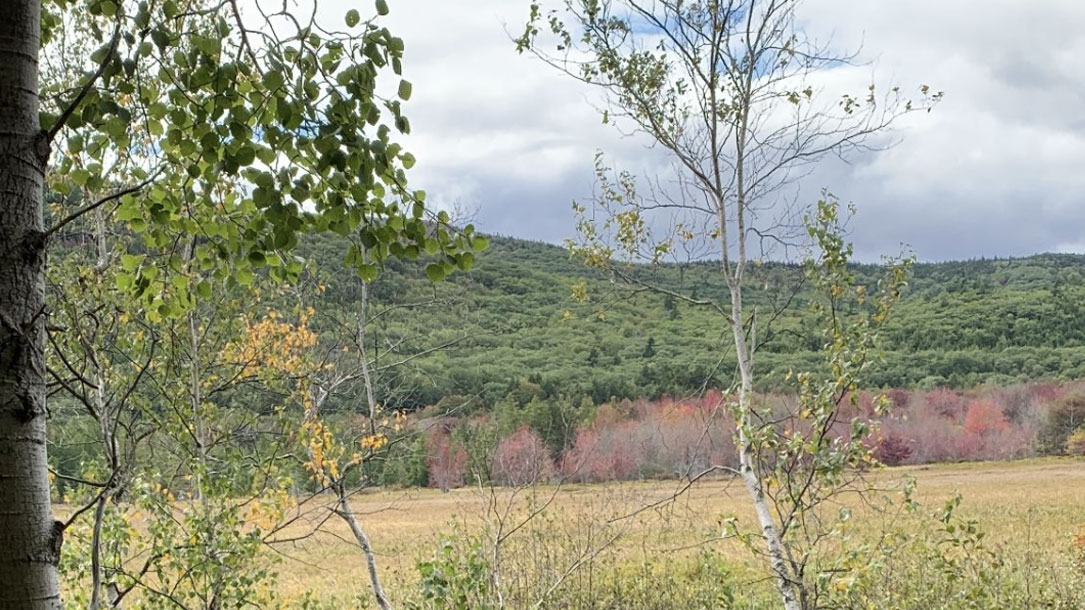
Passage of historic Inflation Reduction Act bill supports land trust work
The Inflation Reduction Act is landmark climate legislation that has the potential to reduce U.S. emissions by 40% by 2030, helping to reduce carbon in our atmosphere and buffering human and natural communities from the worst effects of climate change.
The IRA will fund critical Farm Bill conservation programs: land trusts and the landowners they work with will have access to an additional $1.4 billion for the Agricultural Conservation Easement Program to be allocated across four years, and the Regional Conservation Partnership Program will be increased by $4.95 billion during that period.
The Conservation Stewardship Program ($3.25 billion) and Environmental Quality Incentives Program ($8.45 billion) will also receive huge investments, and there is $1 billion in technical assistance for landowners who use these programs to reduce climate-related emissions…
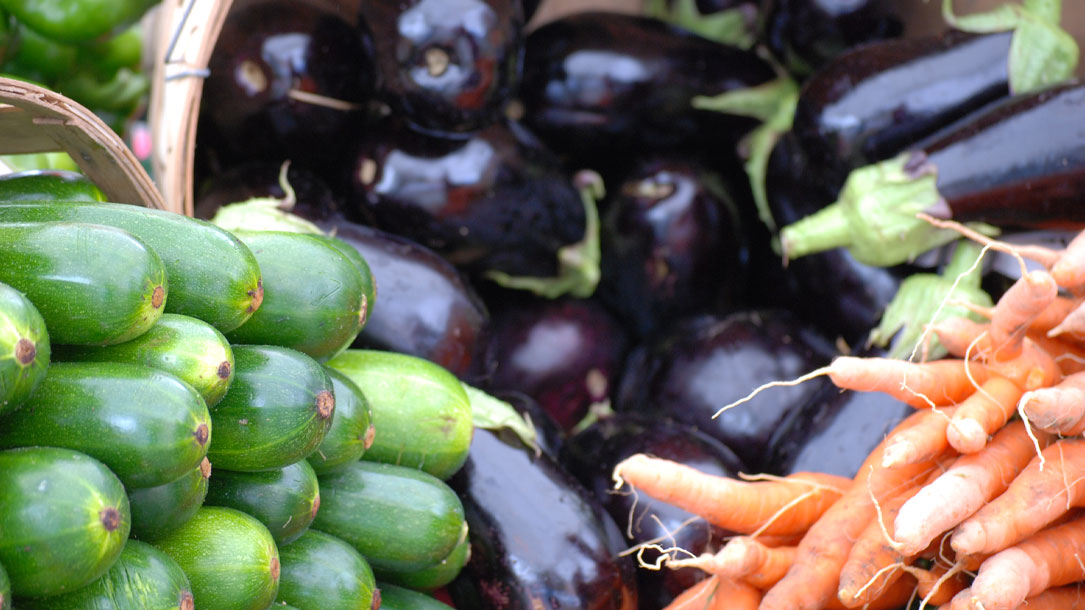
Land conservation combatting climate change
Agricultural Stewardship Association is working to position farmers and farmland as part of the climate solution. Here’s an excerpt from their website:
ASA is dedicated to helping mitigate climate change. Here’s how:
- We are helping farm families permanently protect the most valuable and resilient land for farming and growing food.
- We are educating our community about the importance of keeping land in farming and the connection with increasing resilience to a changing climate.
- We are partnering with other organizations to help farmers adopt soil health practices and generate renewable energy in ways that are compatible with agriculture and keep productive land in farming…
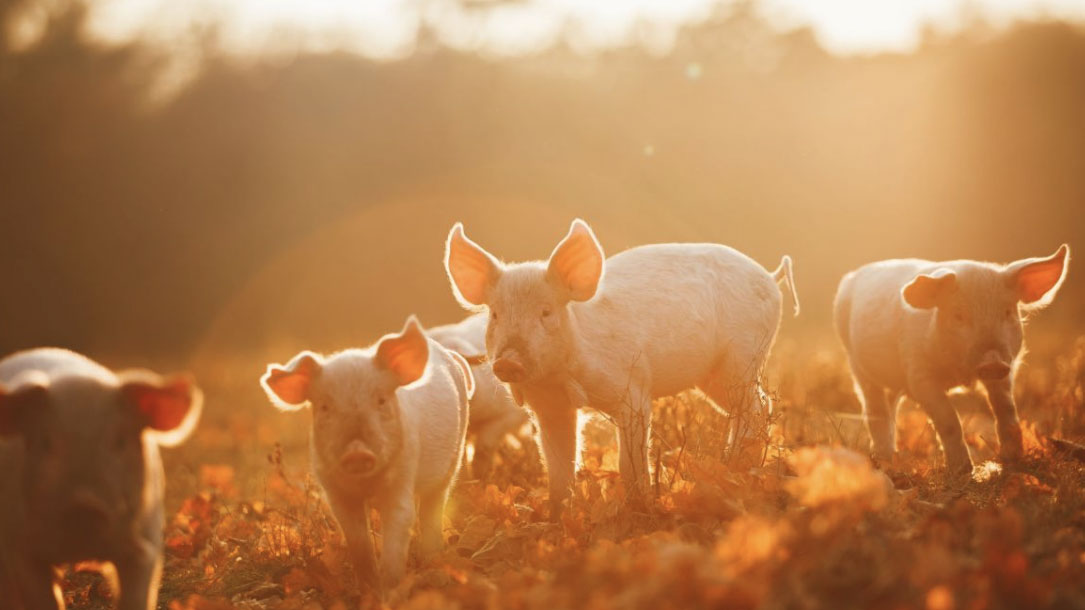
Farming collaborative plan looks to keep land accessible, open
Under the land collaborative model, the property will not solely be devoted to agriculture; Sanford-Long’s animals will share land with a planned solar array…

California conservation to address climate change
[In 2021] the Trust for Public Land and JPMorgan Chase announced a $500,000 collaboration to launch The Trust for Public Land’s new California Climate Conservation program, and protect natural and working lands, mitigating climate impacts for people in the Central Coast and Los Angeles County. The program will incorporate California’s climate action strategy and help achieve greater community resilience through nature-based solutions and by engaging with local communities…
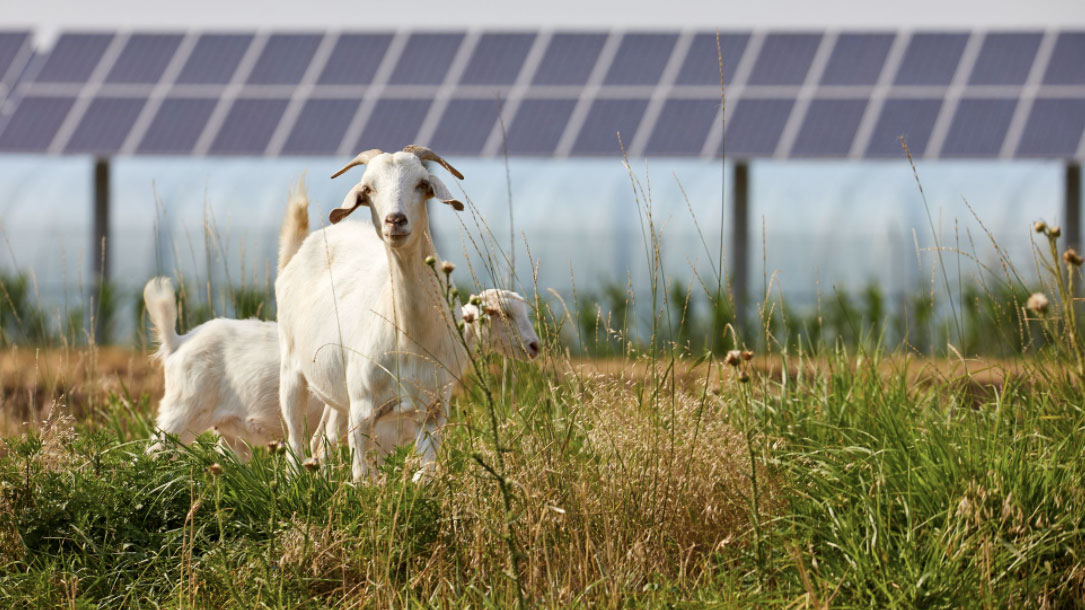
The Nature Conservancy tool helps identify ideal solar farm sites in Georgia
They compared that information to maps of critical habitat, protected lands, and prime farmland. And they put their results into a free online tool.
It allows developers, natural resource agencies, and others to identify low-impact locations for new solar farms. And Gutierrez says the tool finds plenty of them…












